Home>Ideas and Tips>Tips For Decluttering Sentimental Items
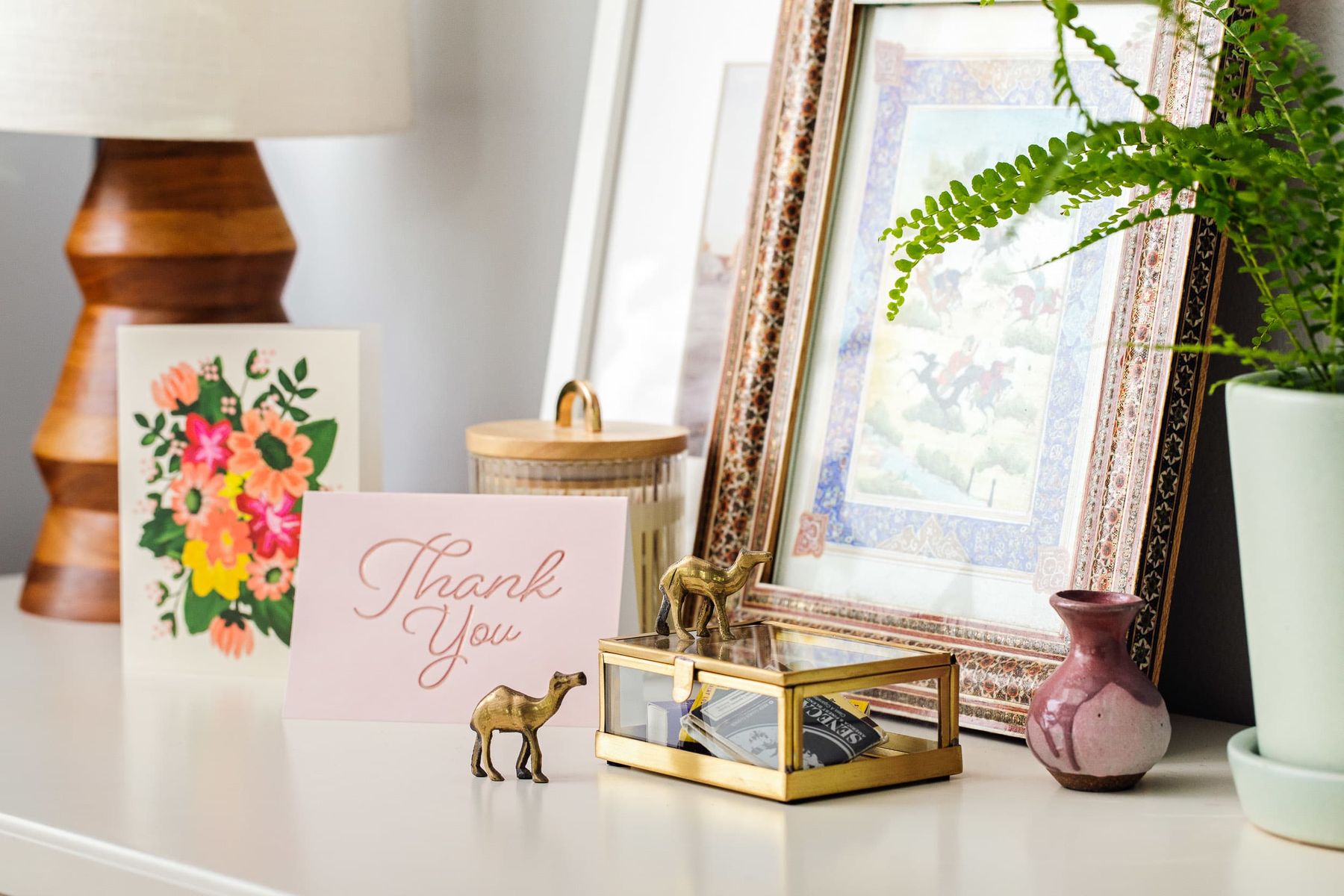

Ideas and Tips
Tips For Decluttering Sentimental Items
Published: November 4, 2024
Discover effective tips for decluttering sentimental items, creating a balanced living space while preserving cherished memories.
(Many of the links in this article redirect to a specific reviewed product. Your purchase of these products through affiliate links helps to generate commission for Storables.com, at no extra cost. Learn more)
Tips for Decluttering Sentimental Items
Decluttering sentimental items is one of the most challenging tasks when it comes to organizing and simplifying your living space. These items often hold deep emotional value, making it difficult to part with them. However, holding onto too many sentimental items can lead to cluttered spaces and emotional burdens. In this article, we will explore various strategies and tips for decluttering sentimental items effectively.
Understanding Sentimental Clutter
Sentimental clutter includes items that are emotionally significant, such as family heirlooms, childhood mementos, artwork, and gifts from loved ones. These items often evoke strong emotions like nostalgia, guilt, or love. While sentimental items can bring joy and warmth to your home, excessive accumulation of these items can create several problems:
- Physical Clutter: Overcrowded spaces make it difficult to move around and use your home efficiently.
- Emotional Burden: Holding onto too many sentimental items can weigh you down emotionally, making it hard to create new memories or enjoy the present moment.
- Guilt and Obligation: Keeping items out of guilt or obligation rather than genuine attachment can lead to feelings of resentment and clutter.
Preparing for Decluttering Sentimental Items
Decluttering sentimental items requires a thoughtful and structured approach. Here are some steps to help you prepare:
Identify Your Why
The first step in decluttering sentimental items is to identify why you are holding onto them. Ask yourself:
- What memories do these items evoke?
- Do they bring me joy or sadness?
- Are they truly important to me?
Understanding your motivations will help you make more informed decisions about what to keep and what to let go of.
Set a Schedule
Decluttering sentimental items can be a time-consuming process. To avoid feeling overwhelmed, set specific appointments with yourself to tackle this task. This could be as simple as scheduling three one-hour sessions over the course of a week or month, depending on the amount of clutter you need to address.
Gather Support
Decluttering sentimental items can be emotionally challenging. Having a supportive buddy who is not emotionally attached to the items can provide valuable assistance and encouragement.
Decluttering Strategies
Now that you are prepared, here are some effective strategies for decluttering sentimental items:
Take It One Space at a Time
Start by focusing on one area or category of sentimental items at a time. This could be a box of childhood mementos, a collection of family heirlooms, or a stack of old photographs. By tackling one space at a time, you can manage your emotions and make more rational decisions about what to keep and what to let go of.
Categorize and Conquer
Categorize your sentimental items into groups such as:
- Memorabilia: Photos, postcards, and other keepsakes.
- Heirlooms: Family treasures like antique furniture or jewelry.
- Artwork: Paintings, drawings, and other creative works.
- Gifts: Items given to you by loved ones.
Once you have categorized your items, you can begin to make decisions about which ones are truly important to you.
Assess Your Items
Assess each item based on its emotional significance and practical value. Ask yourself:
- Does this item evoke strong positive emotions?
- Is it in good condition?
- Do I have space to display it?
- Can I digitize it if I want to keep it?
By evaluating each item individually, you can make more informed decisions about what to keep and what to let go of.
Pare Down Without Guilt
You don't need to keep every sentimental item. Choose one item that represents many others. For example, if you have a collection of childhood stories, keep only the best one that won an award. This approach helps you pare down without feeling guilty about letting go of other items.
Employ the Magic of a Keepsake Box
A keepsake box is a great way to store sentimental items that you cannot part with but do not need immediate access to. Choose items that represent the best memories of your past and place them in the keepsake box. This helps you keep only the most cherished items while letting go of the rest.
Digitize What You Can
Many sentimental items can be digitized without losing their emotional value. Take photographs of artwork, scan important paperwork, and store them on your computer or cloud storage. This not only saves physical space but also ensures that your memories are preserved for future generations.
Repurpose Items
Give new life to old sentimental items by repurposing them. For example, turn an old wedding dress into a pillow or create a handmade teddy bear from baby clothes. This approach makes it easier to let go of the original item while still keeping its essence.
Find a Good Home for Items
If you find it difficult to part with sentimental items, consider finding a good home for them. Donate items to charity or give them to family members who might appreciate them more. Knowing that your items are being used by someone else can make it easier to let go.
Emotional Considerations
Decluttering sentimental items often involves emotional considerations. Here are some tips to help you navigate these challenges:
Let Go of Guilt
Guilt is one of the biggest reasons people hold onto sentimental items. Remember that keeping an item out of guilt does not honor the person who gave it to you. If you love the item and use it, then keep it. However, if you are only holding onto it because of guilt, it's okay to let it go.
Enjoy the Items You Keep
If you have been keeping sentimental items in a box with no intention of getting them out, then this is clutter. Display the items that bring you joy and make you feel excited about their presence in your home.
Create New Memories
Remember that holding onto too many sentimental items can prevent you from creating new memories in the present. Make room in your home for items that have a true purpose and use them regularly.
Case Studies and Examples
Decluttering sentimental items can be a personal journey, and different people may face different challenges. Here are some case studies and examples:
Decluttering Homeschool Materials
For those who have homeschooled their children, decluttering homeschool materials can be particularly challenging. These materials often hold significant emotional value and are closely tied to the homeschooling experience. However, keeping all these materials can create clutter and prevent you from moving forward.
Consider this example: A homeschooling parent might have a stack of favorite homeschooling books that they loved using during their homeschooling journey. While these books were essential during that time, they may no longer be needed now that their children are in school. By letting go of these books, you can create space for new memories and experiences.
Decluttering Baby Items
Baby items such as handmade blankets and baby clothes are often difficult to part with because they evoke strong emotions related to the birth and early years of a child. However, holding onto these items can create clutter and make it hard to enjoy the present moment.
Consider this example: A parent might have a collection of handmade baby blankets that they find it hard to part with. Instead of keeping all the blankets, they could choose a few favorites to keep and donate the rest to a local crisis pregnancy center. This way, they can still honor the memories associated with these items while creating space for new experiences.
Decluttering Books
Books are another common source of sentimental clutter. While some books hold significant emotional value, others may be kept out of obligation or guilt.
Consider this example: A family might have a collection of books that they no longer read but feel obligated to keep because they were expensive or in good condition. By letting go of these books and donating them to a library book sale, they can create space for new books that they actually enjoy reading.
Read more: How To Store Sentimental Items
Conclusion
Decluttering sentimental items is a challenging but rewarding process. By understanding the emotional significance of these items, setting a schedule, gathering support, and employing various decluttering strategies, you can create a more organized and emotionally balanced living space. Remember that it's okay to let go of items that no longer serve you or bring you joy. By doing so, you make room for new memories and experiences that will enrich your life in meaningful ways.
In summary:
- Identify Your Why: Understand the emotional significance of each item.
- Set a Schedule: Break down the task into manageable sessions.
- Gather Support: Have a supportive buddy to help you through the process.
- Declutter Strategically: Use categorization, assessment, and repurposing techniques.
- Let Go of Guilt: Recognize that keeping an item out of guilt does not honor its original purpose.
- Enjoy What You Keep: Display items that bring you joy and make you feel excited about their presence in your home.
By following these tips and strategies, you can effectively declutter sentimental items and create a more organized, emotionally balanced living space that honors your memories while embracing the present moment.
Was this page helpful?
At Storables.com, we guarantee accurate and reliable information. Our content, validated by Expert Board Contributors, is crafted following stringent Editorial Policies. We're committed to providing you with well-researched, expert-backed insights for all your informational needs.
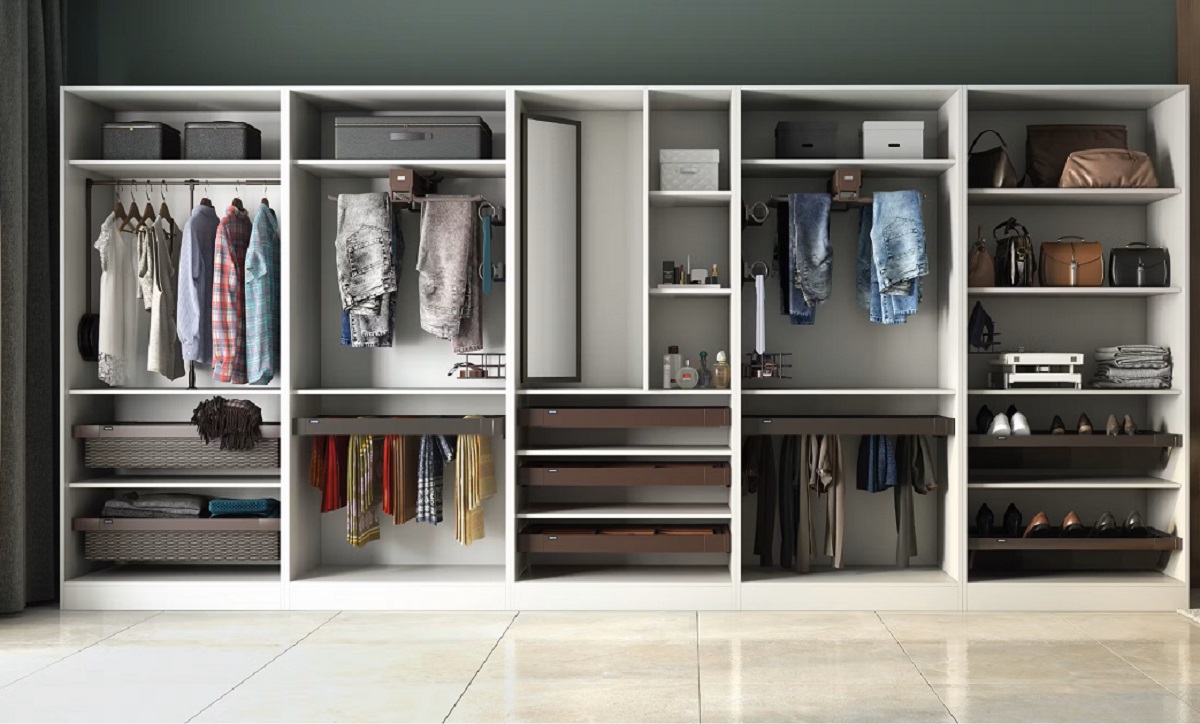
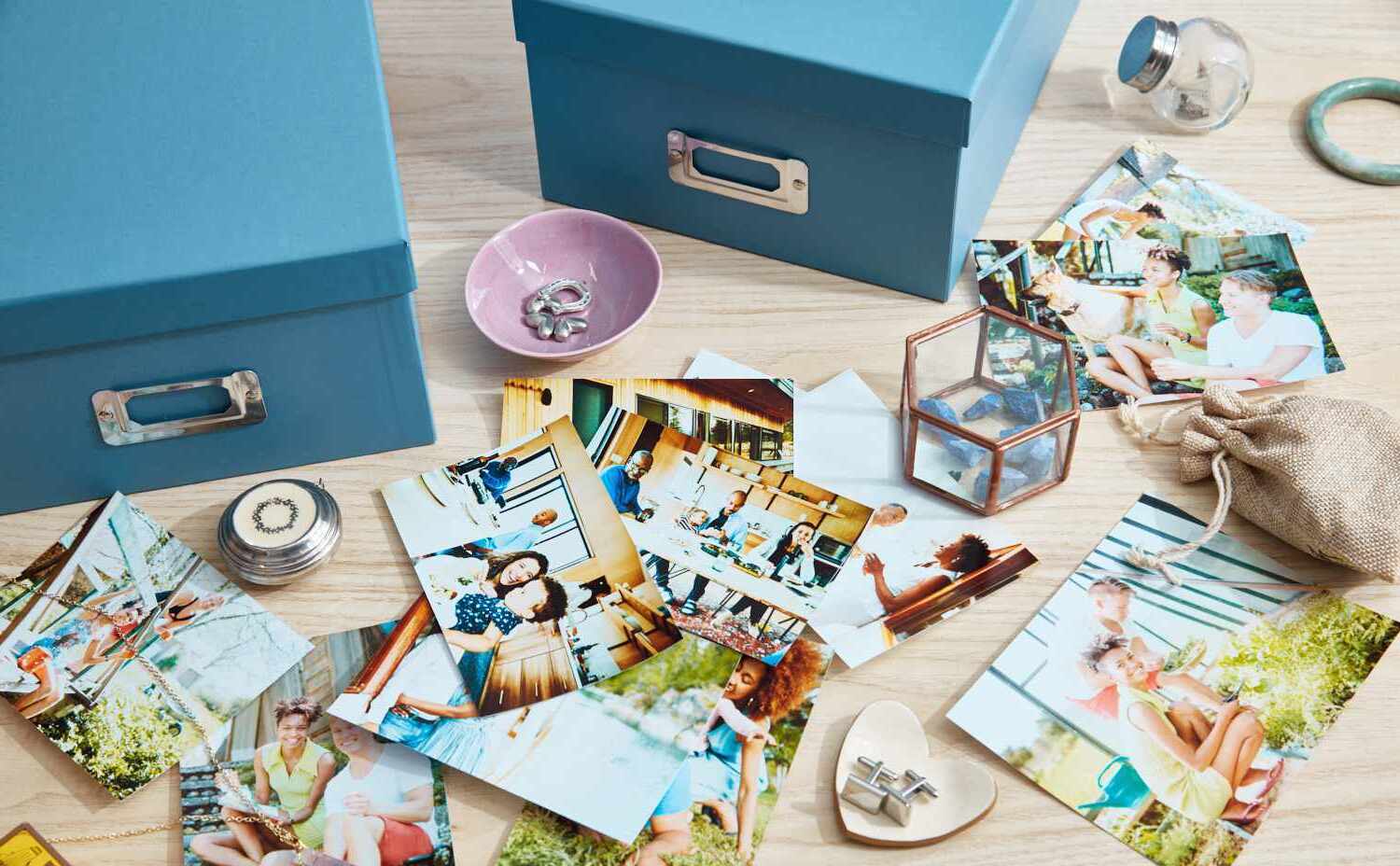




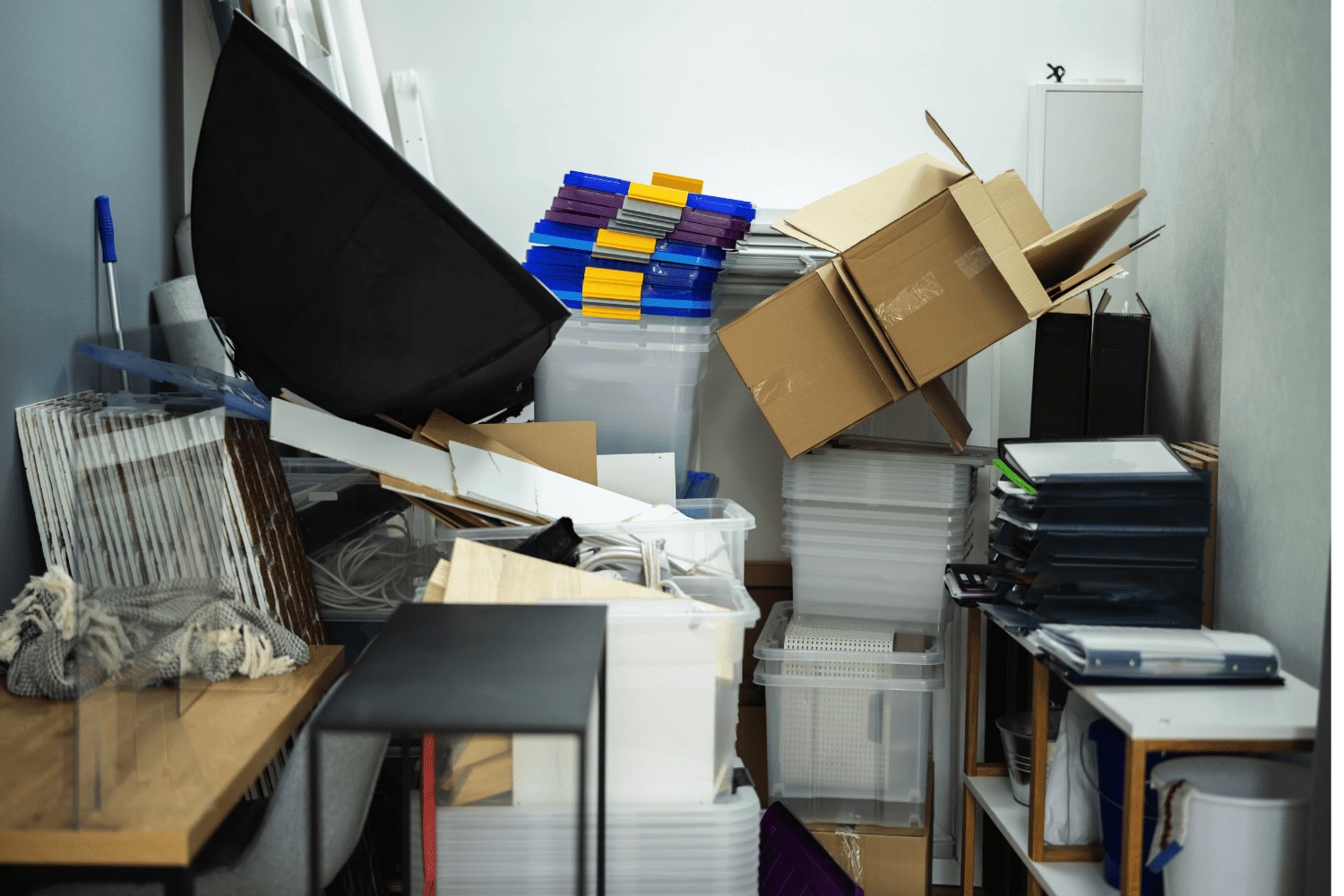
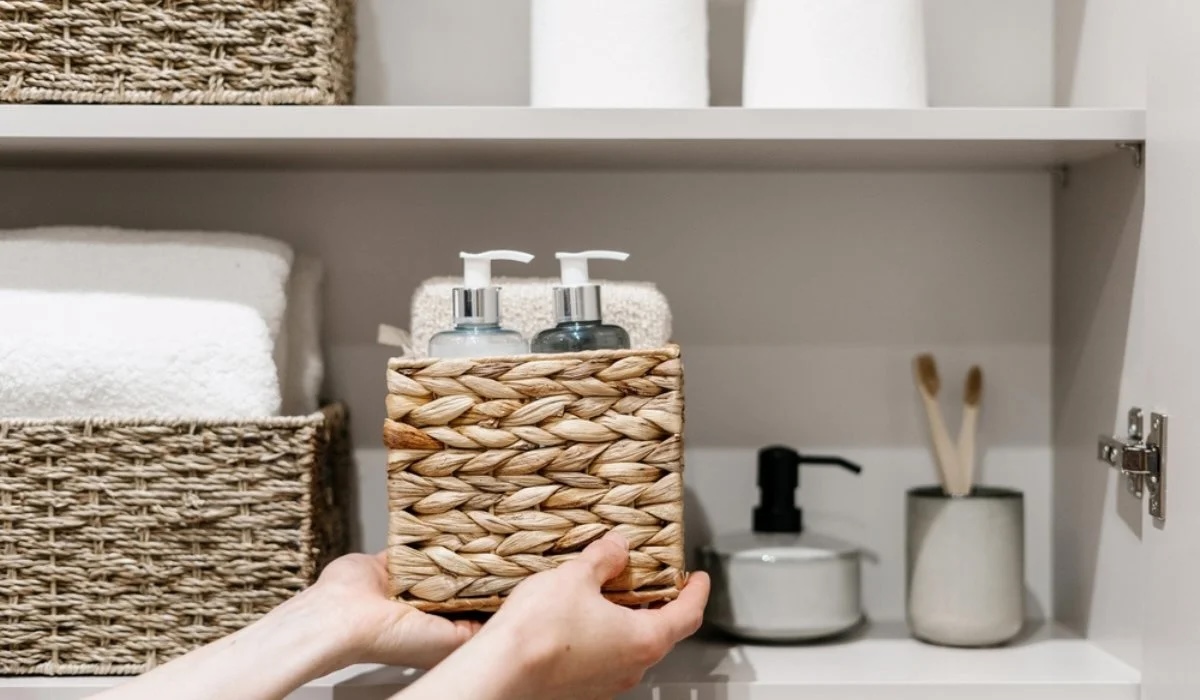
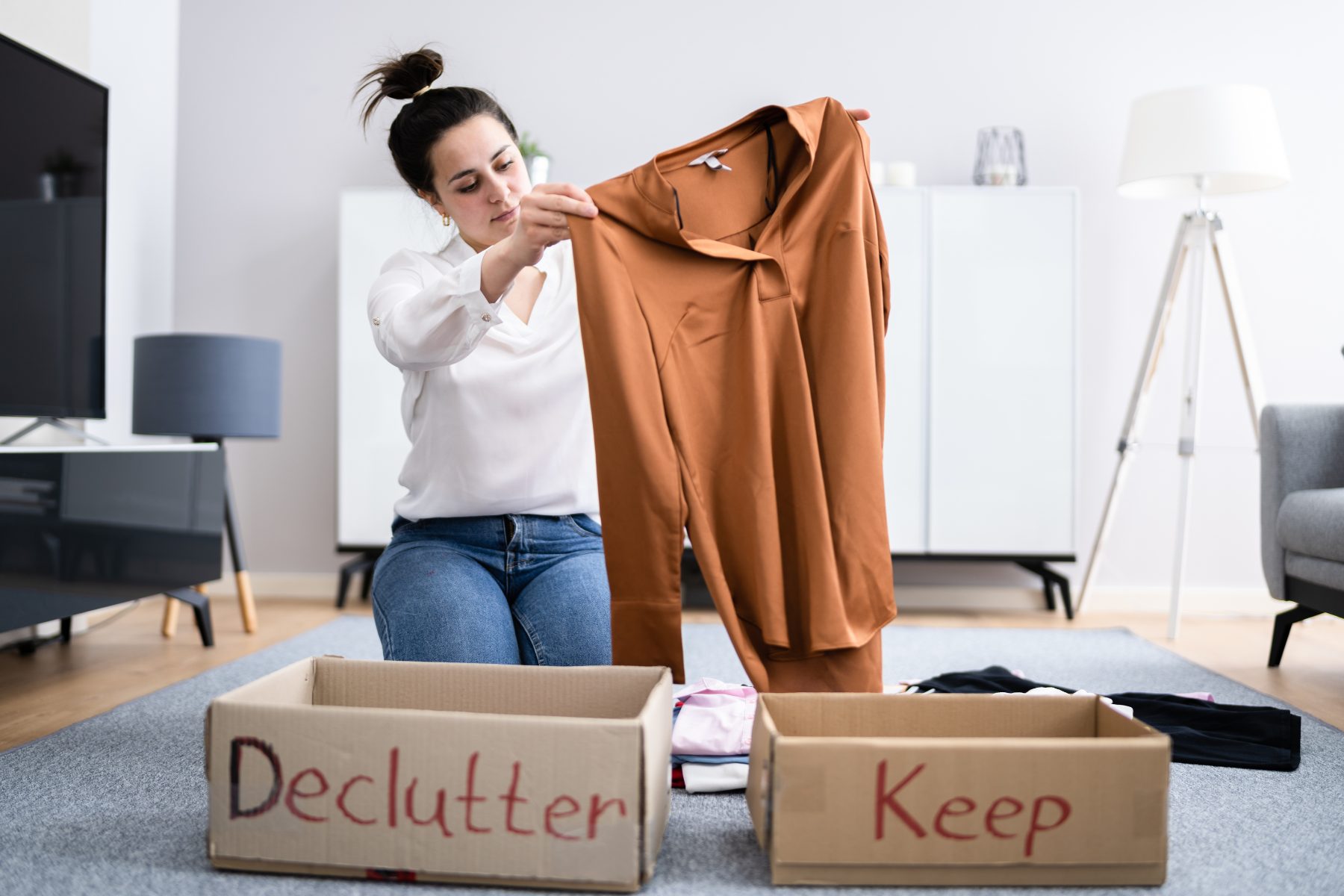
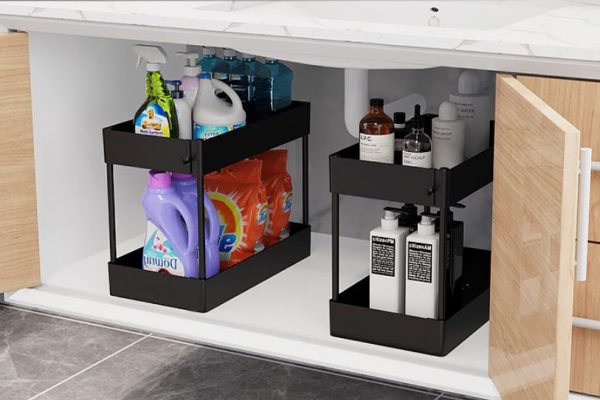
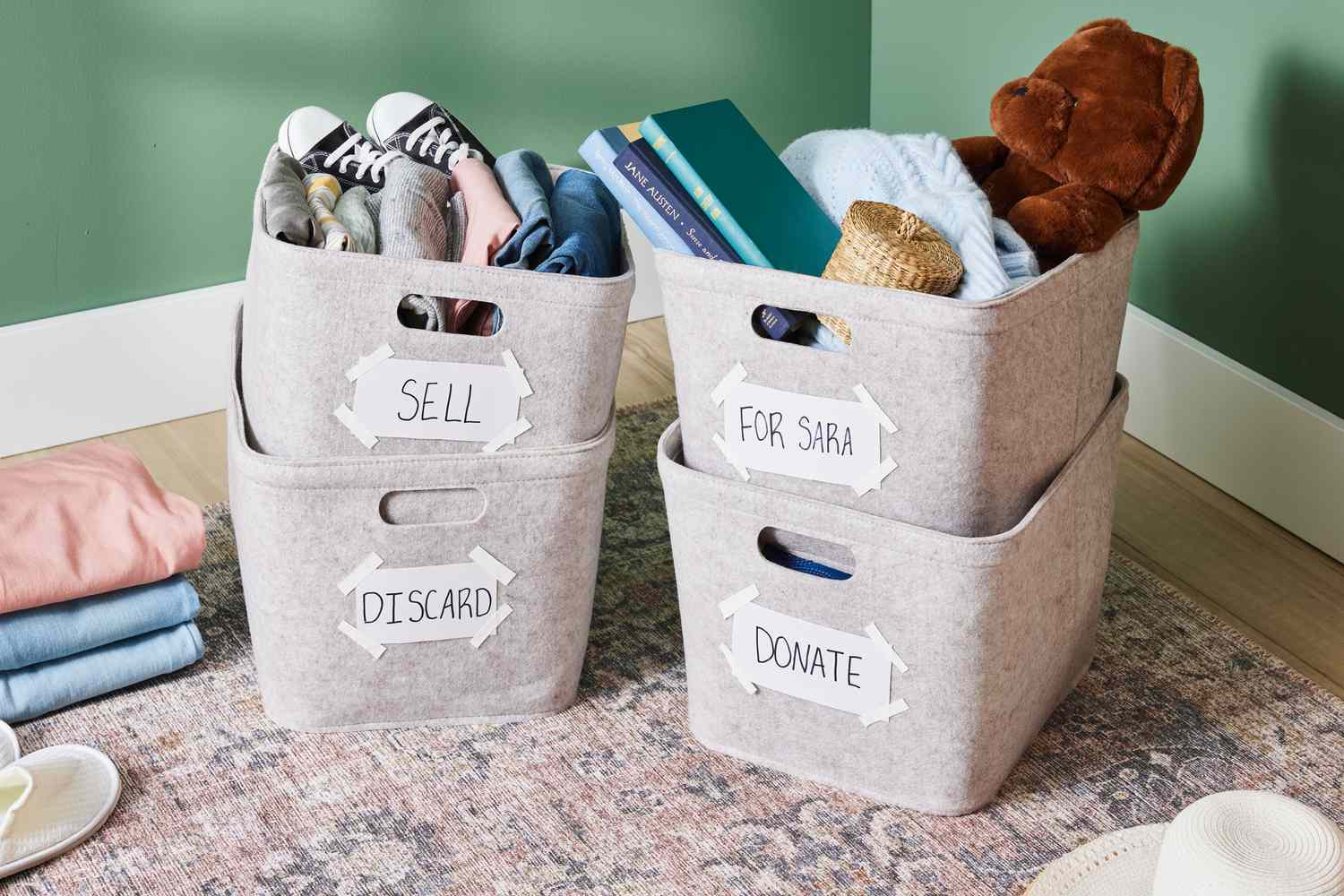

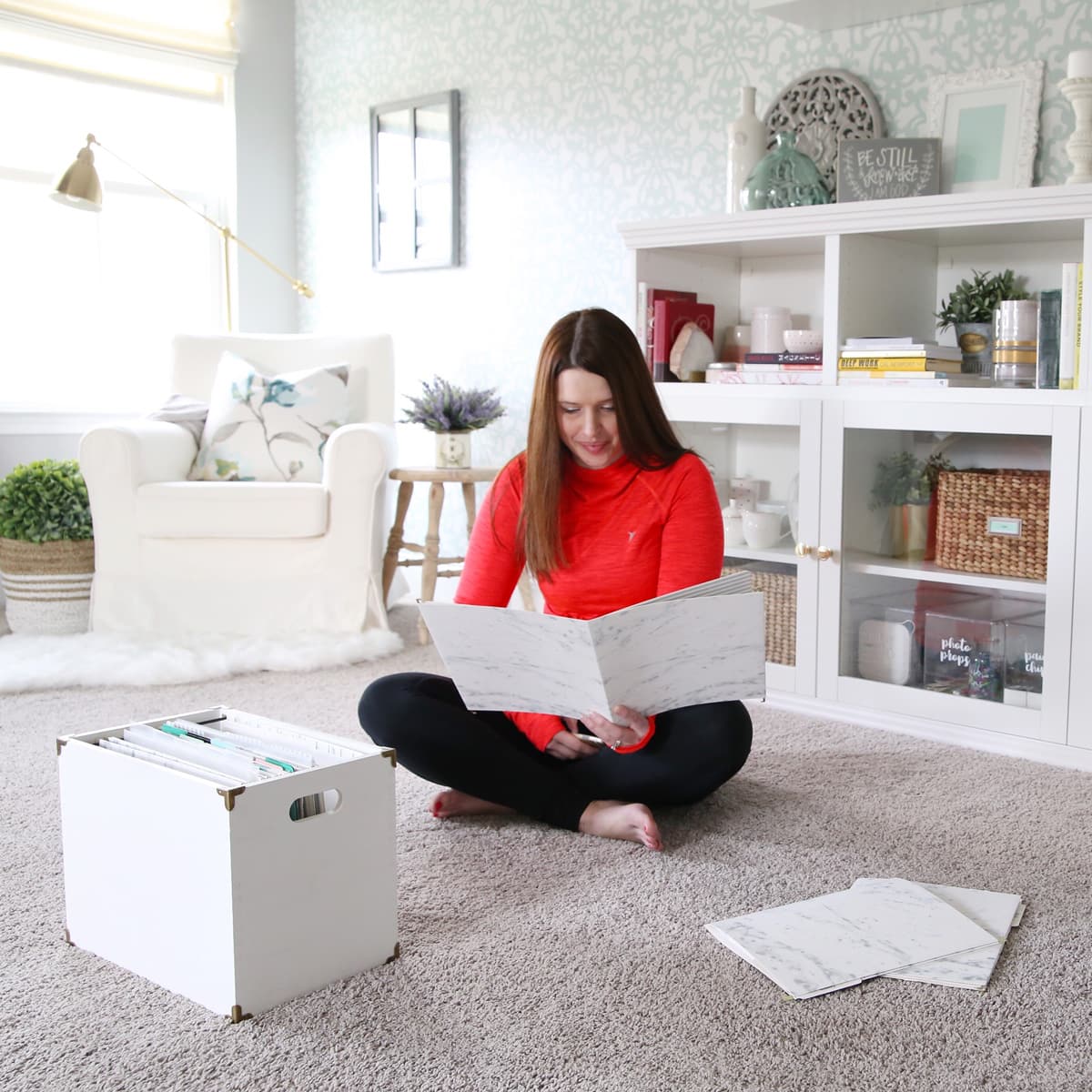


0 thoughts on “Tips For Decluttering Sentimental Items”